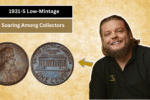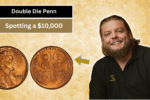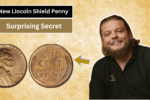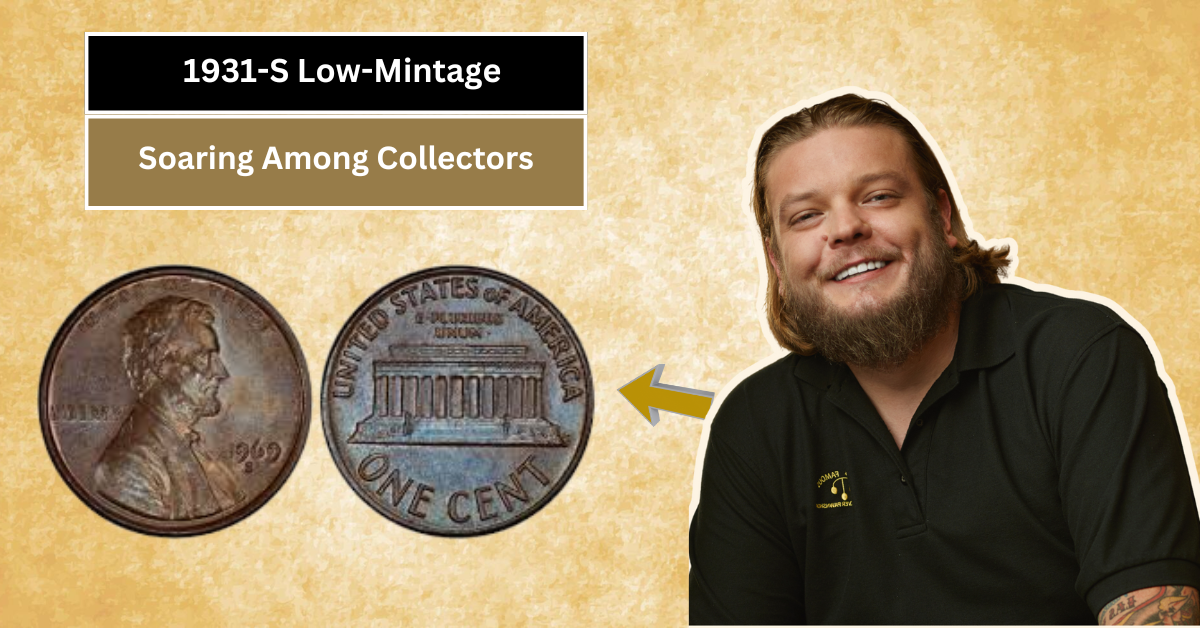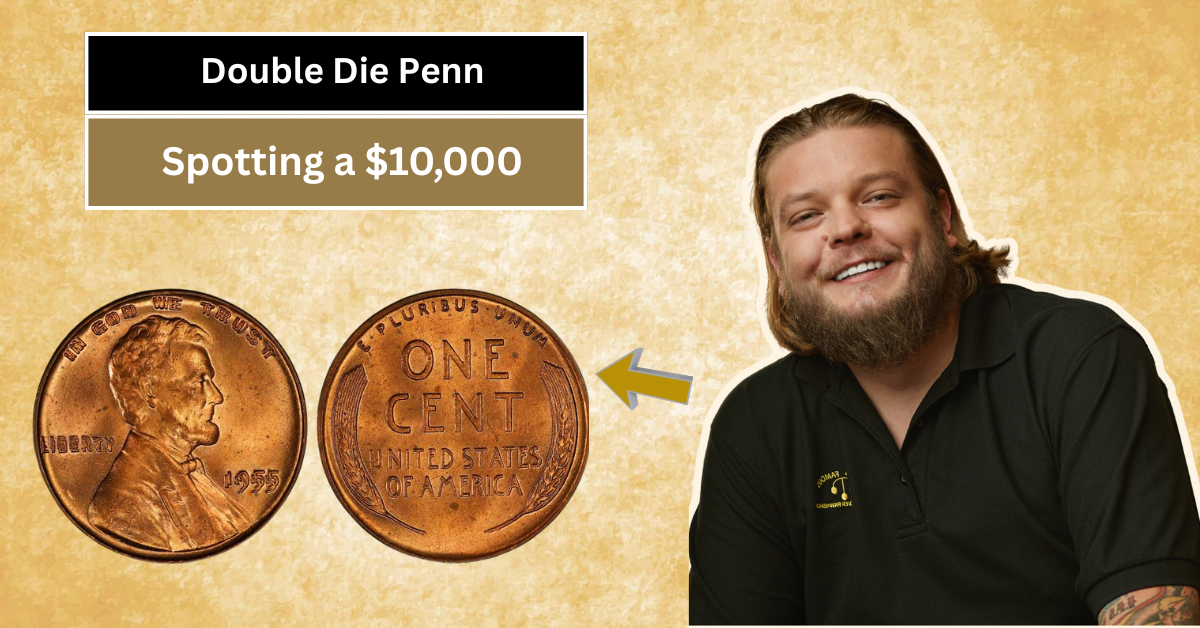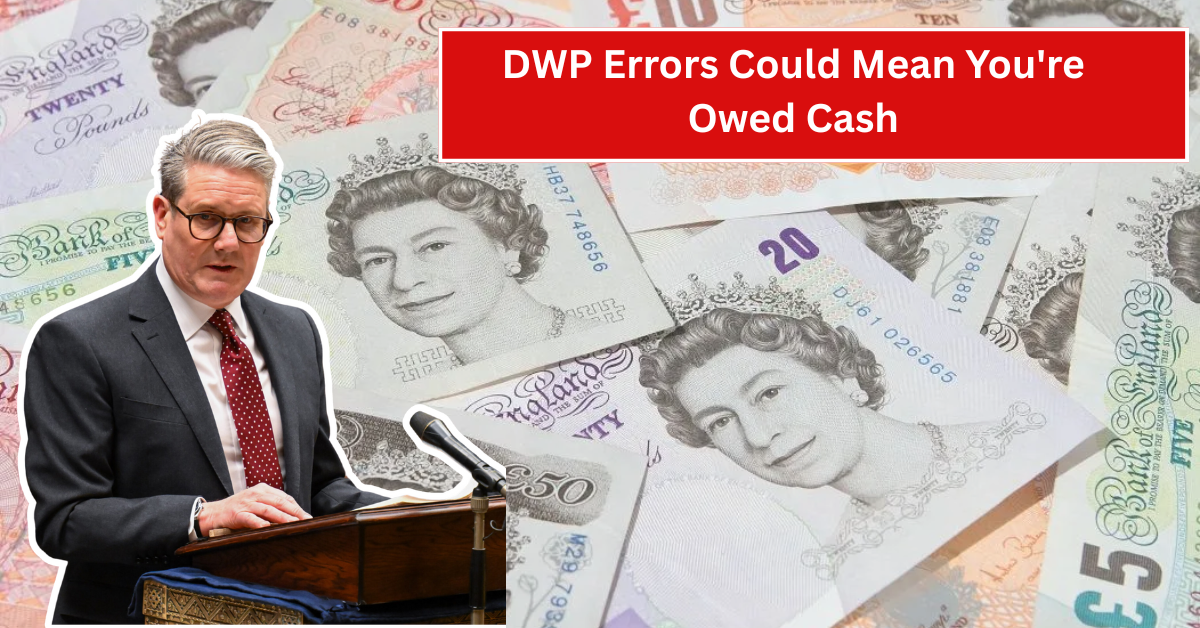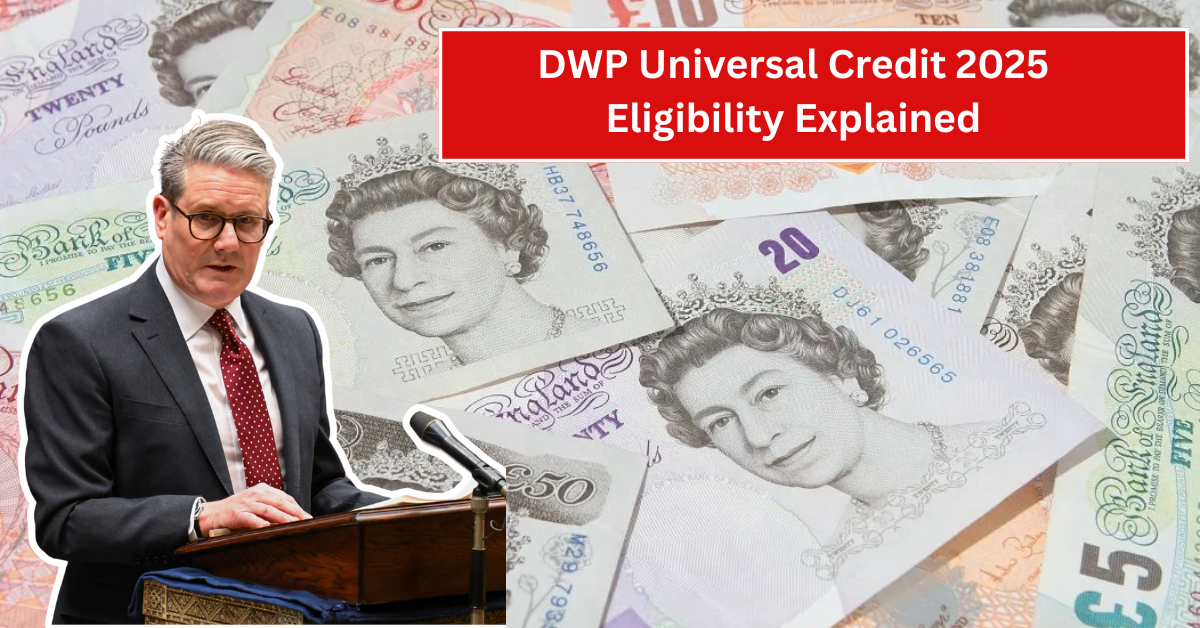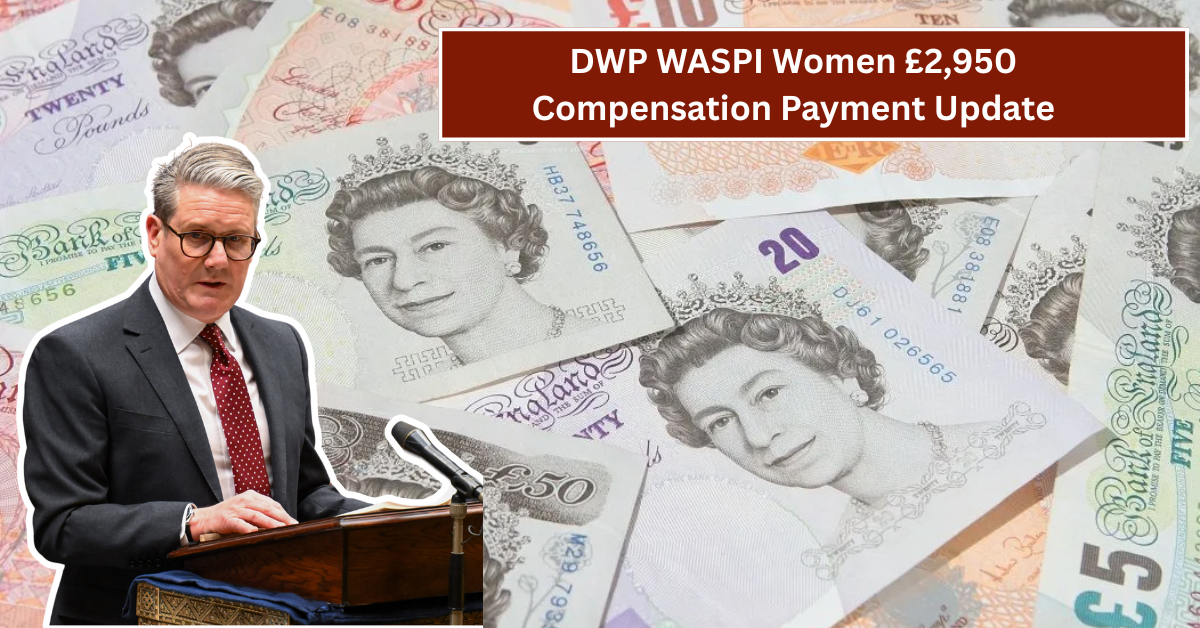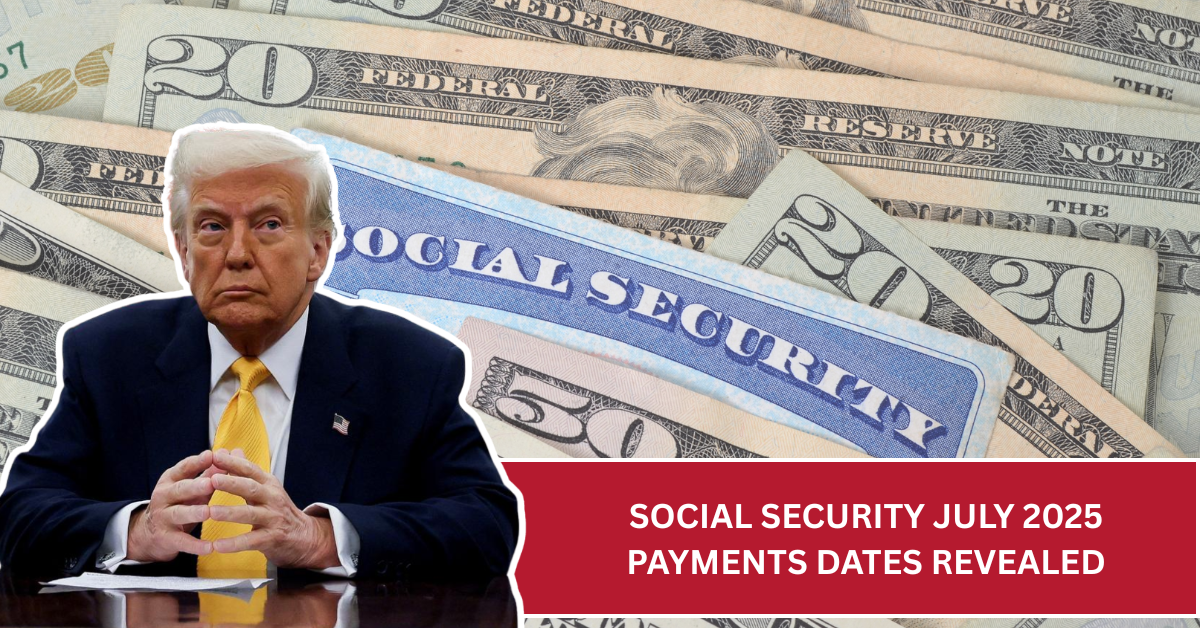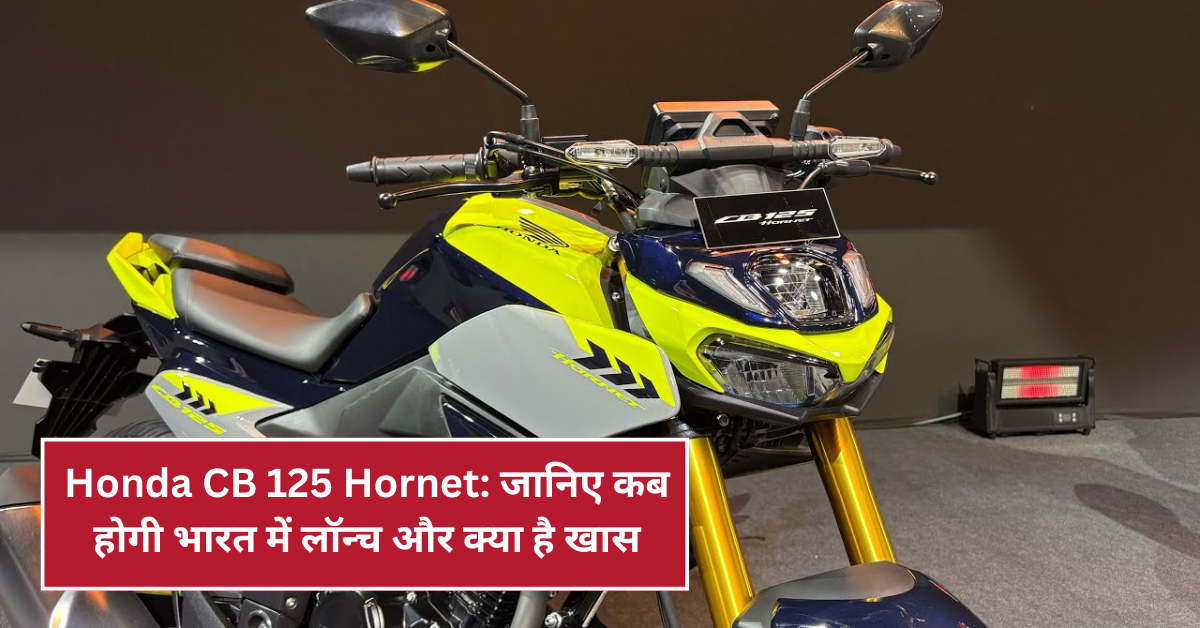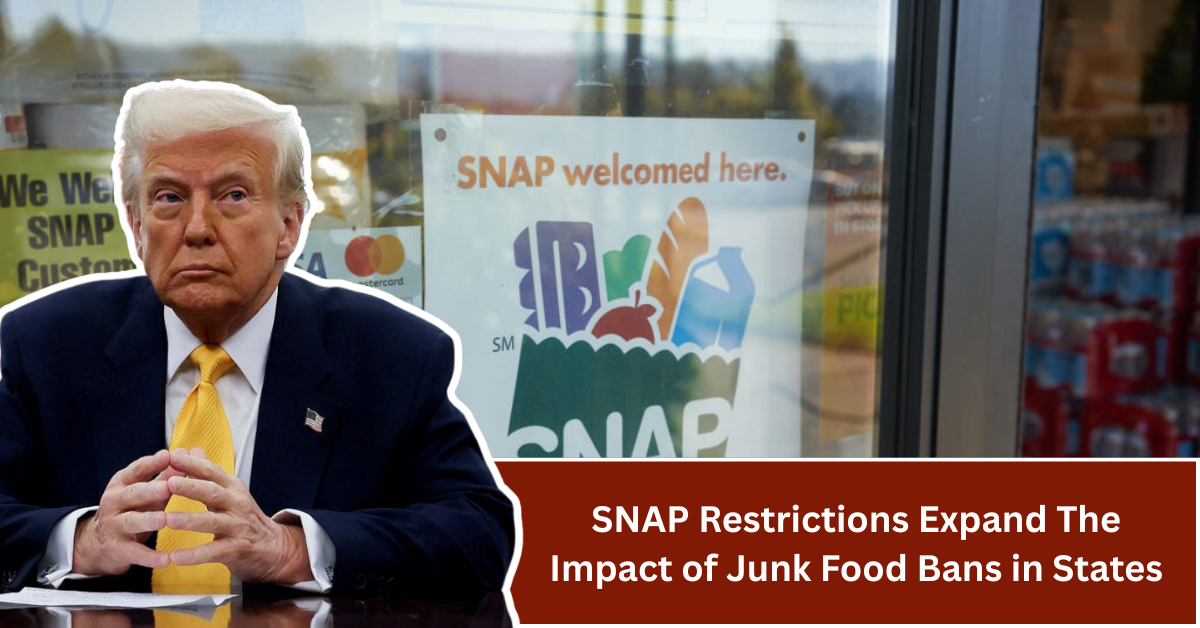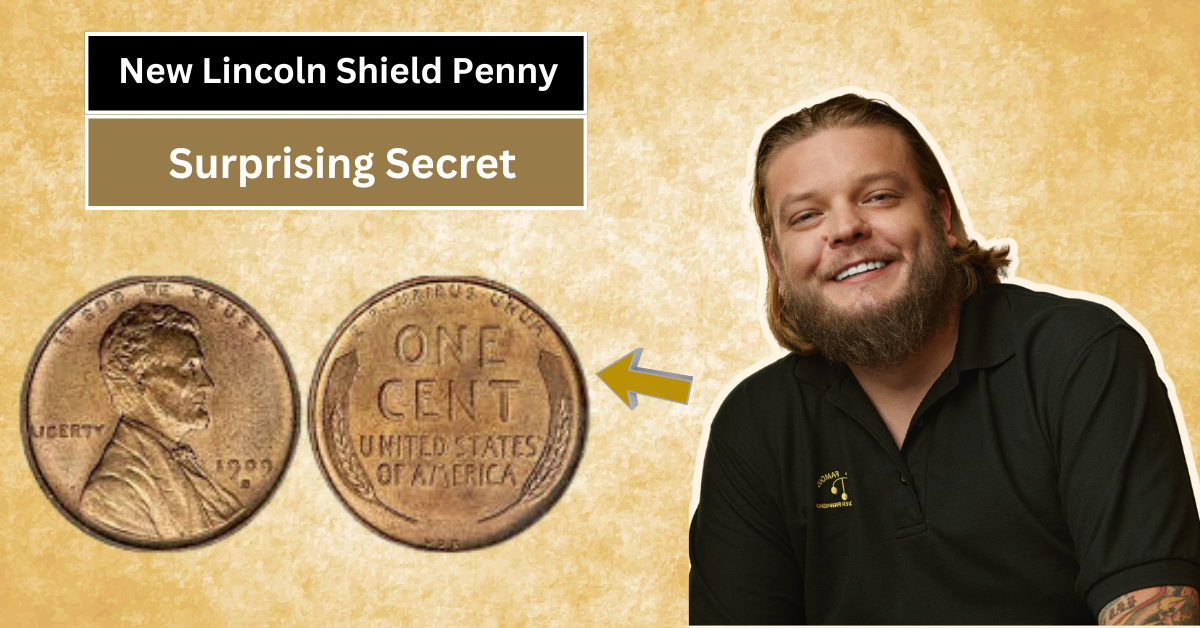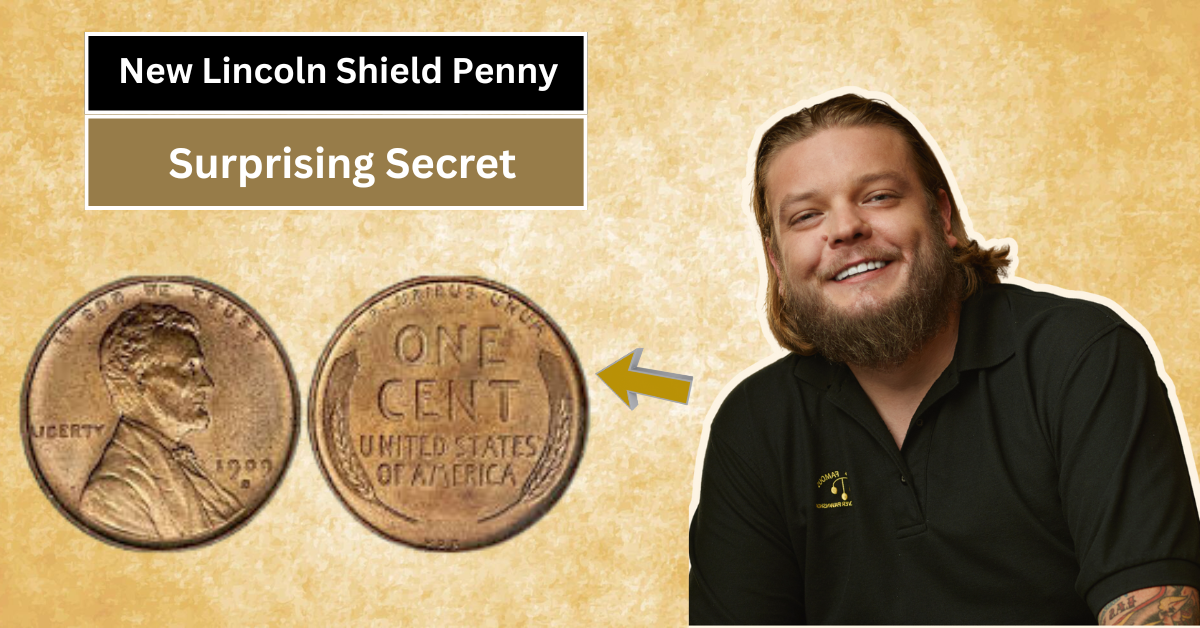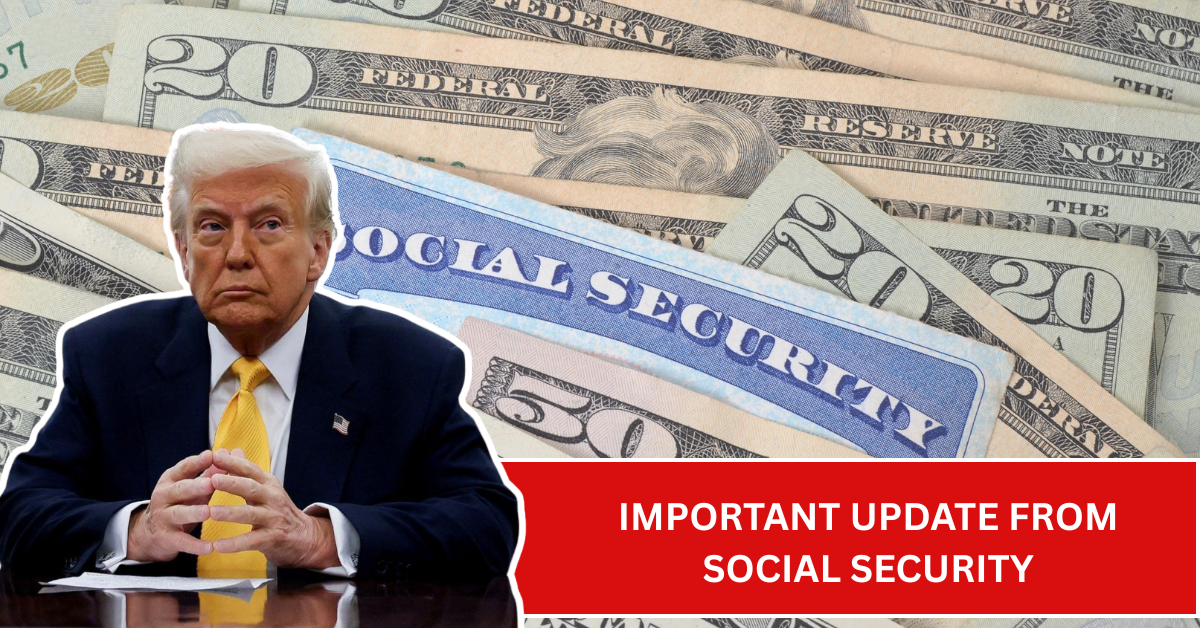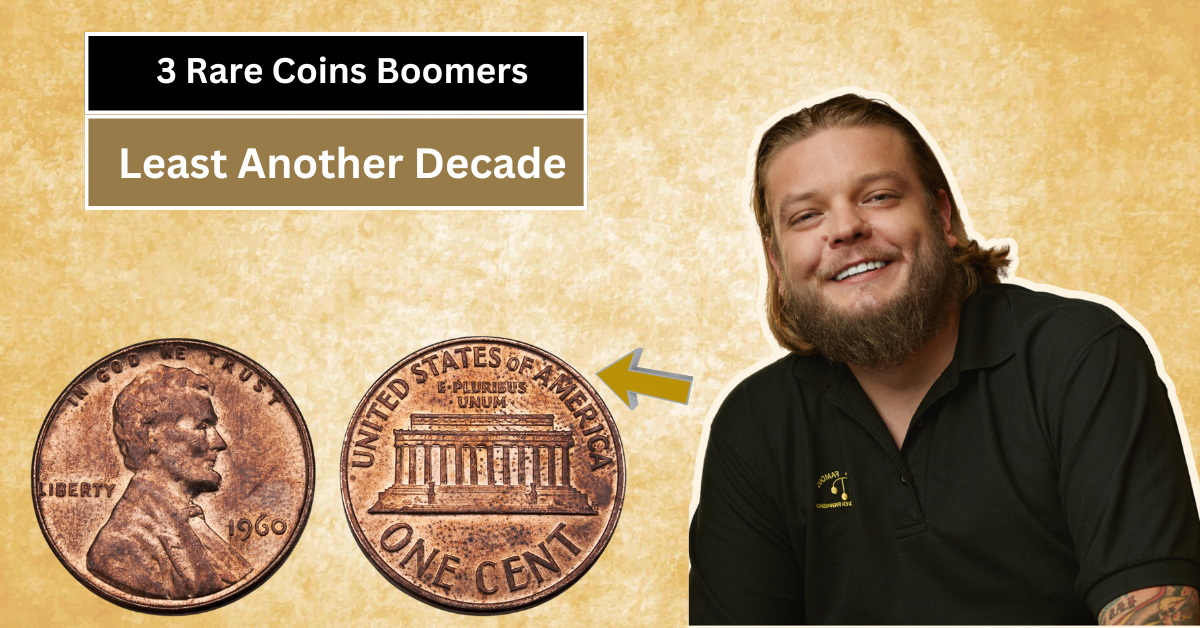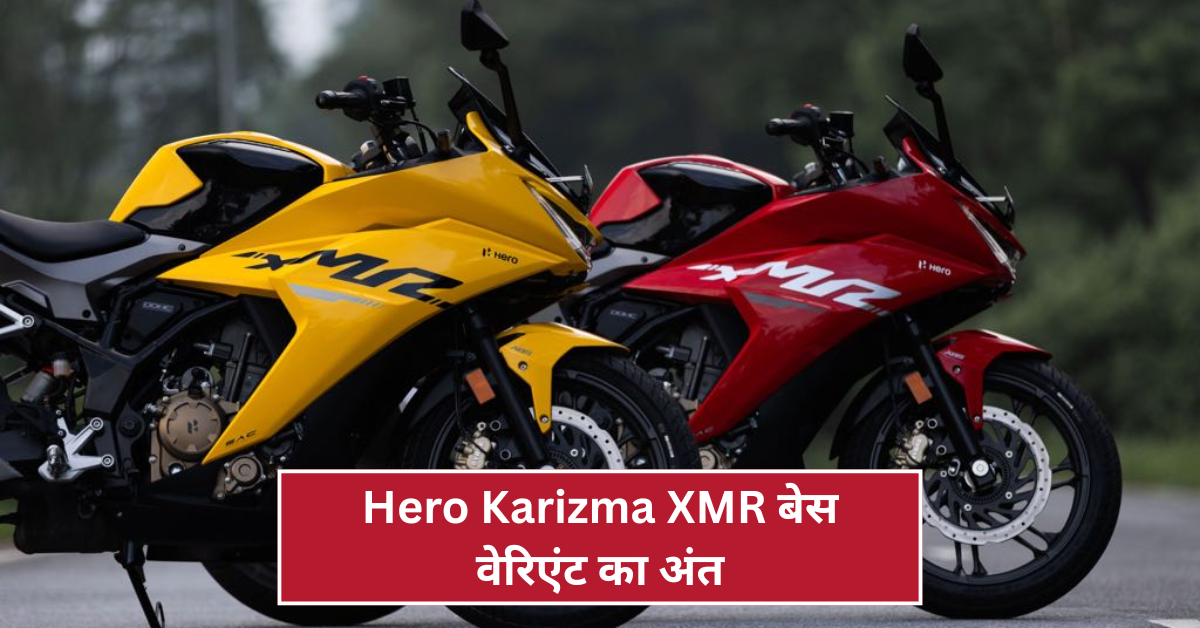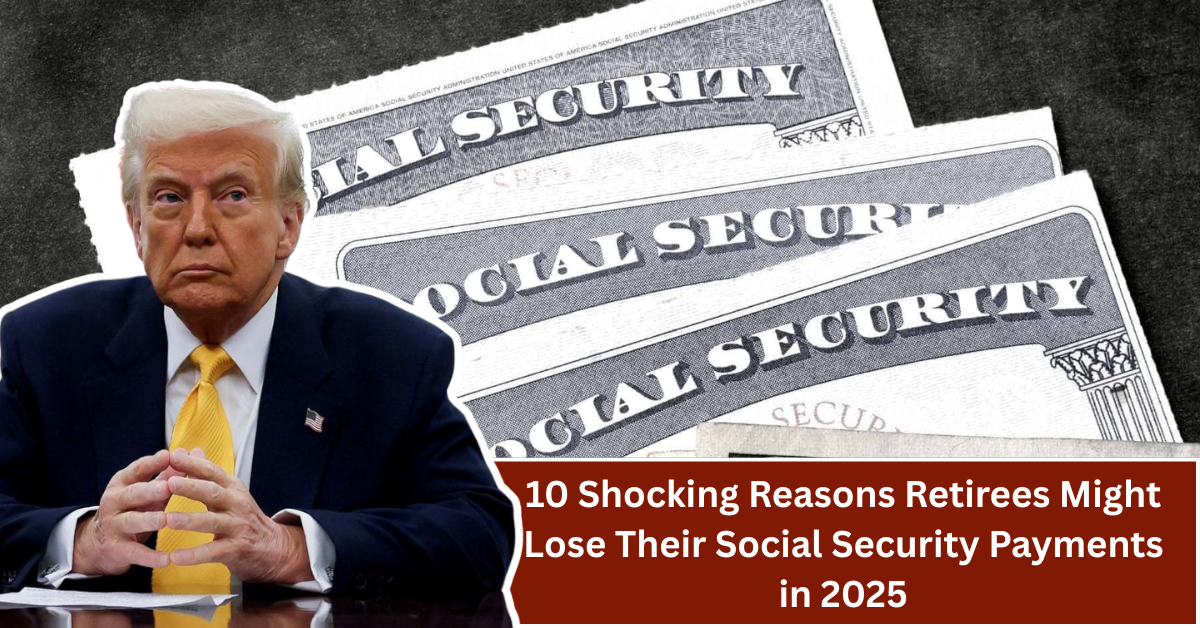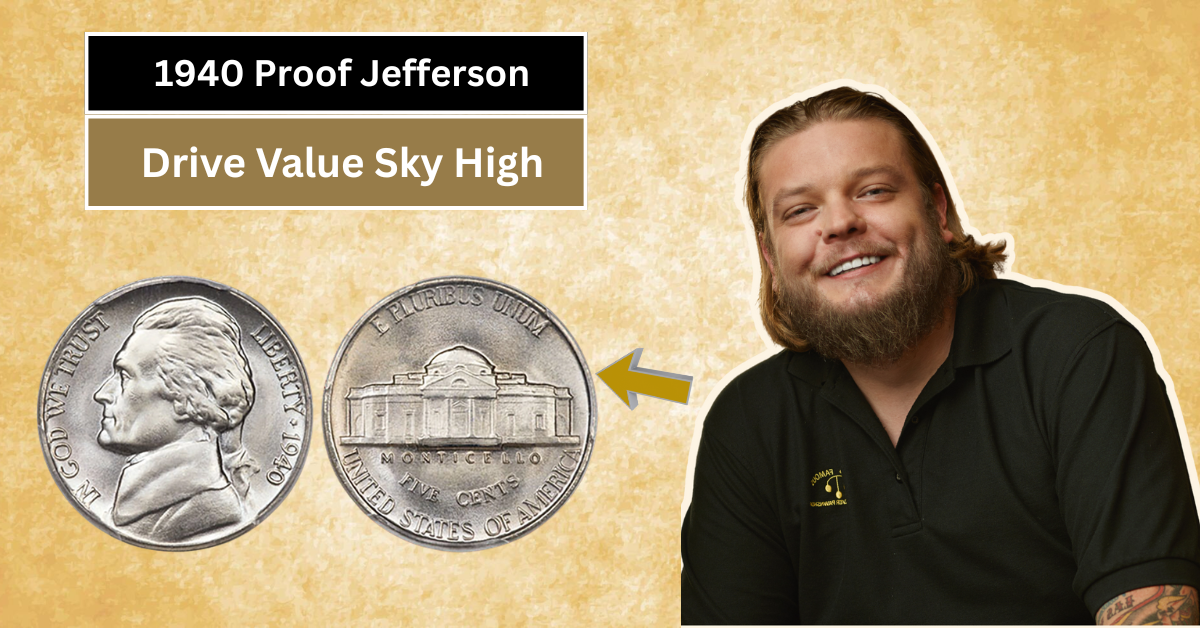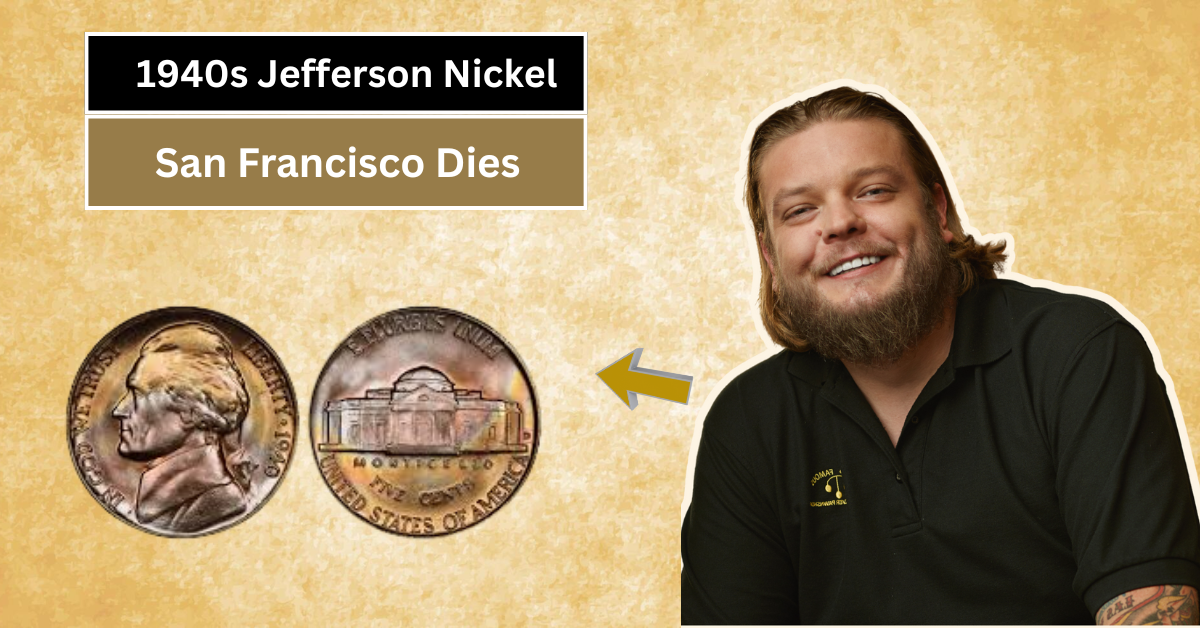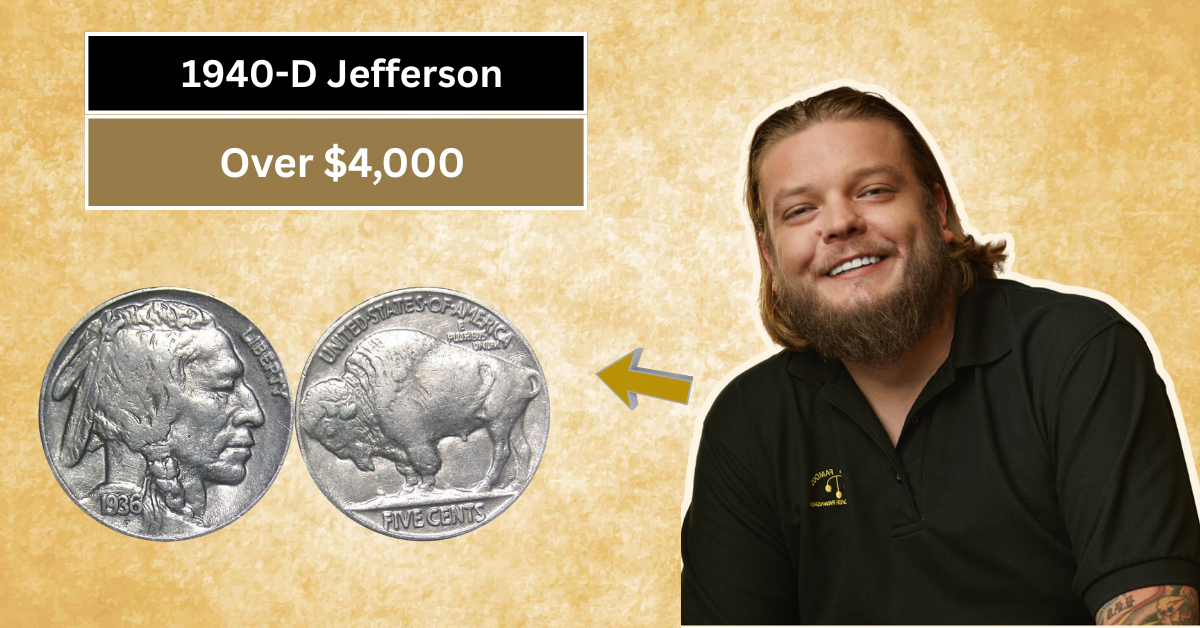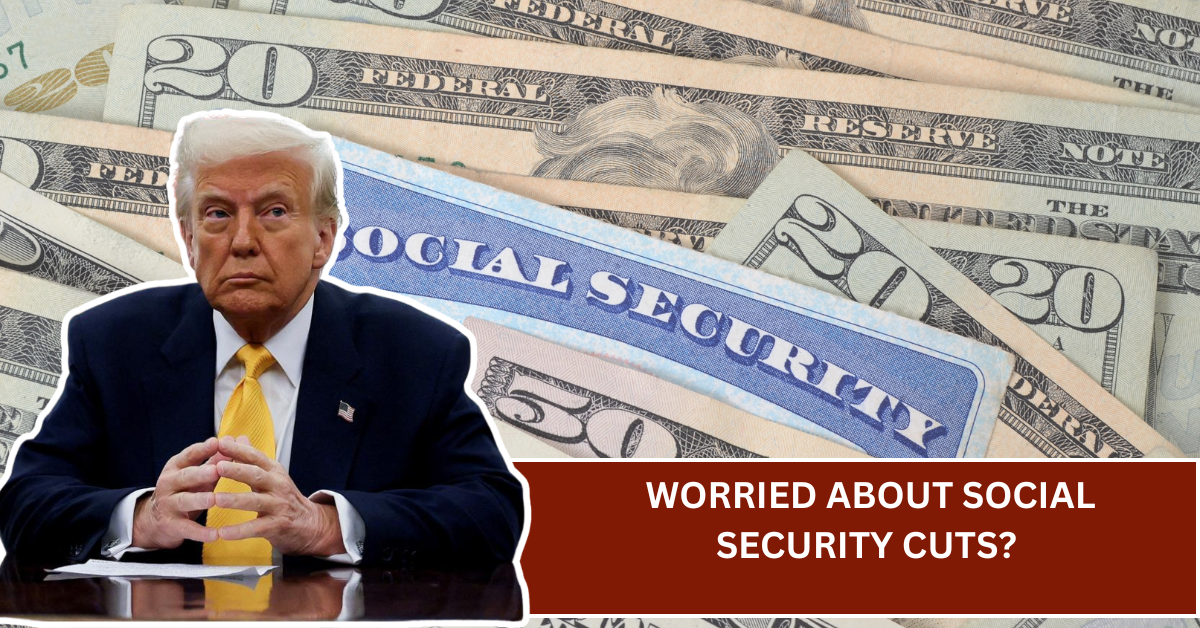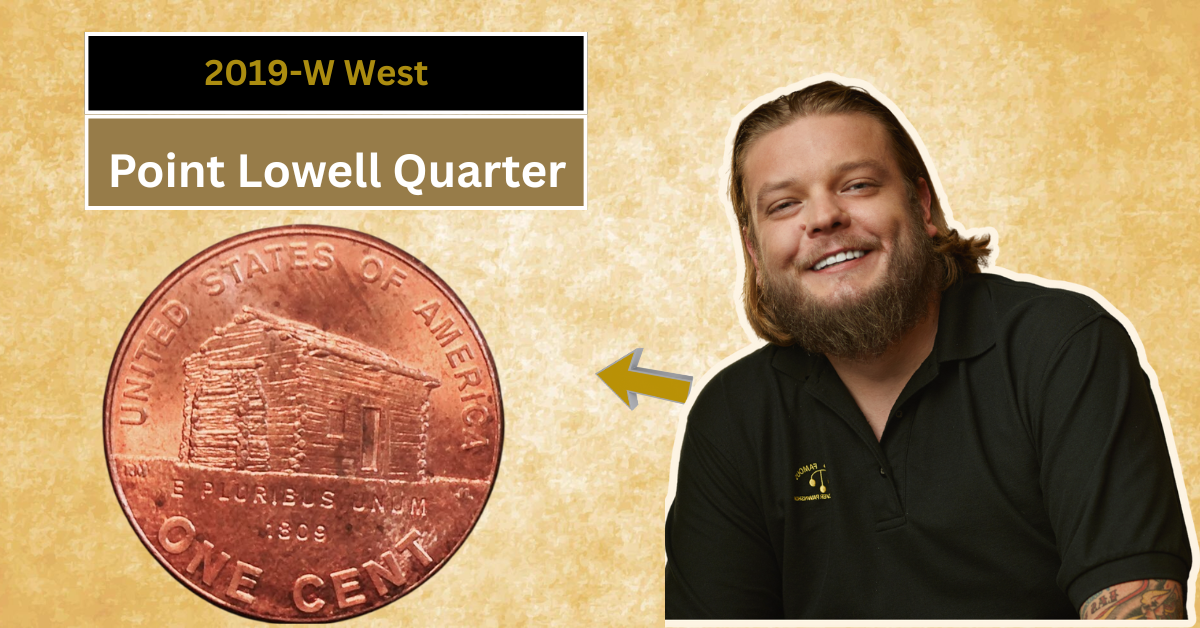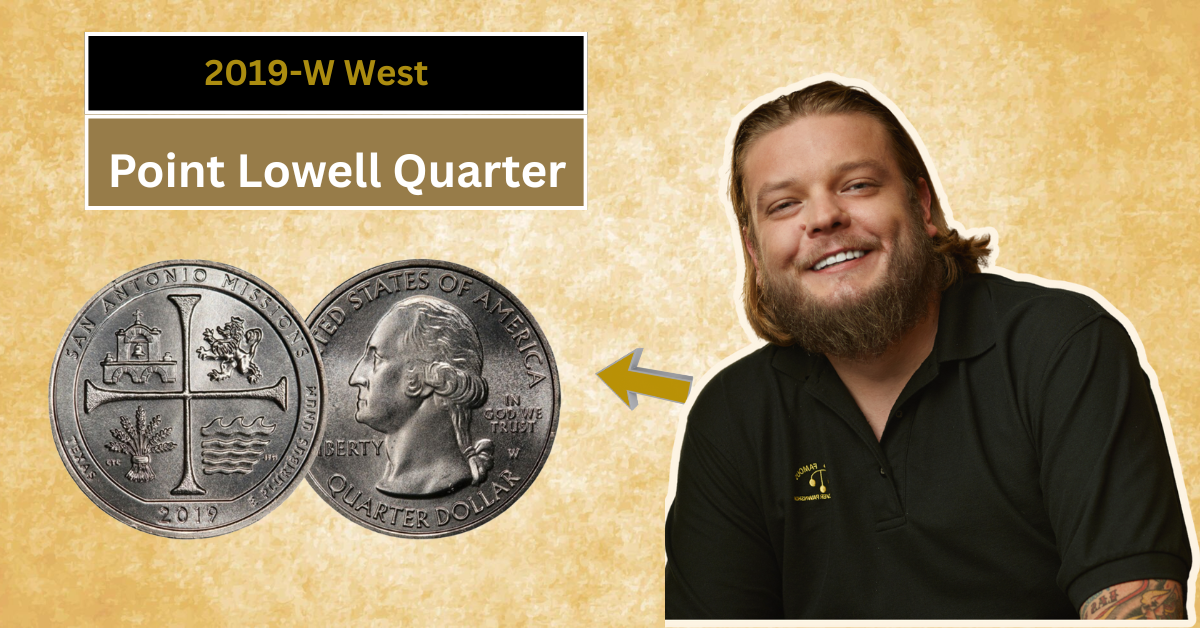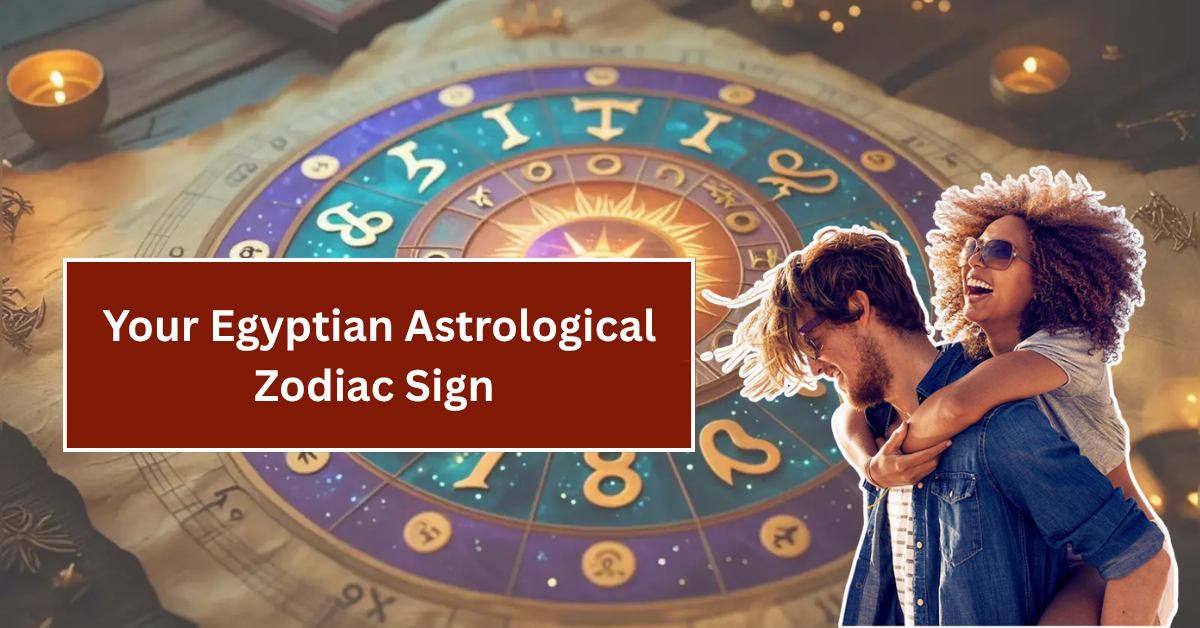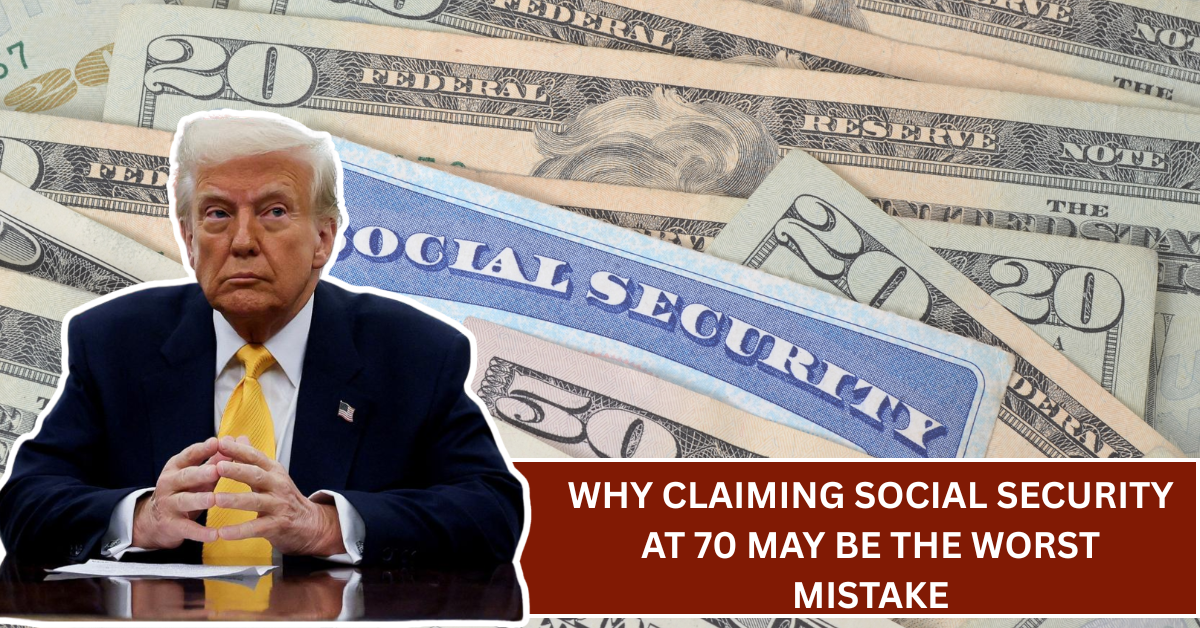The 1969‑S Double‑Die Obverse coin is a rare treasure for collectors, known for its unique and heavy doubled lettering on the front side. This error doubled die coin can be worth thousands of dollars, attracting interest from coin enthusiasts worldwide. However, it is important to understand how to identify this rare coin correctly to avoid costly mistakes.
If you are new to coin collecting or just curious about rare coins, the 1969‑S Double‑Die Obverse can be confusing due to many similar-looking machine-doubled coins. Learning to spot the difference can protect your investment and help you recognize a valuable coin when you see one.
What is the 1969‑S Double‑Die Obverse?
This Article Includes
- 1 What is the 1969‑S Double‑Die Obverse?
- 2 Why is the 1969‑S Double‑Die Obverse So Valuable?
- 3 How to Spot Genuine Heavy Doubled Lettering
- 4 Beware of Machine-Doubling Look-Alikes
- 5 Tips for Young Collectors: How to Protect Yourself
- 6 Where to Find and Buy 1969‑S Double‑Die Obverse Coins
- 7 Conclusion: Why Knowledge is Key in Coin Collecting
The 1969‑S Double‑Die Obverse is a special error coin minted by the San Francisco Mint in 1969. The term “double die” means the coin’s design was accidentally stamped twice with slight misalignment, causing a doubling effect on the letters and numbers on the coin’s front (obverse) side.
This doubling creates thick, heavy letters and numbers, especially noticeable in words like “LIBERTY” and “IN GOD WE TRUST.” Because of its rarity and distinct look, these coins are highly sought after by collectors and can reach five-figure values in the market.
Why is the 1969‑S Double‑Die Obverse So Valuable?
The value of this coin comes from two main reasons. First, only a limited number of these coins were produced with the doubling error, making them rare finds. Second, the heavy doubled lettering is very prominent, making it easy to identify when examined closely.
Collectors prize error coins because they are unusual and often have historical significance, showing how coins were minted during that period. If you come across a genuine 1969‑S Double‑Die Obverse coin, it could be worth thousands, sometimes tens of thousands, depending on its condition.
How to Spot Genuine Heavy Doubled Lettering
Spotting a genuine 1969‑S Double‑Die Obverse requires a close look at the coin’s details. Focus on the letters, numbers, and date on the coin’s front. Genuine doubled die coins will show thick and clear doubling because the design was stamped twice during the minting process.
Use a magnifying glass or jeweler’s loupe to examine the coin carefully. Look for doubling on “LIBERTY,” “IN GOD WE TRUST,” and the date “1969.” Real doubling will look like a second, slightly shifted image of each letter and number, with a definite thickness and depth difference.
Beware of Machine-Doubling Look-Alikes
Many coins appear to have doubling, but they may be machine-doubled. Machine-doubling happens when the coin moves or shifts slightly during minting, causing a flat and less defined doubling effect. These are common and much less valuable than genuine doubled die errors.
Machine-doubled coins usually show doubling on the surface without depth or heavy lines. The edges of the letters may appear blurry or flat rather than thick and raised. It is important not to confuse this with the genuine error coin, as machine-doubling has little to no value to collectors.
Tips for Young Collectors: How to Protect Yourself
Are you a young or new collector interested in error coins like the 1969‑S Double‑Die Obverse? Here are some easy tips to help you avoid scams and build your collection wisely. Always buy coins from reputable dealers or auction sites with good reviews.
Learn to use basic tools like magnifiers and good lighting to inspect coins closely. Research images and videos of genuine 1969‑S Double‑Die Obverse coins to understand what real doubling looks like. If a deal looks too good to be true, it might be a fake or machine-doubled coin.
Where to Find and Buy 1969‑S Double‑Die Obverse Coins
You can look for 1969‑S Double‑Die Obverse coins at trusted coin shops, numismatic conventions, or online marketplaces like eBay. When buying online, ask for clear, close-up pictures and verify the seller’s reputation. It is also helpful to request a certification from recognized grading services that verify the coin’s authenticity.
Be patient and take your time to learn about the coin and the market. Prices vary depending on the coin’s condition (grade), so understanding grading scales can also help you make better buying decisions.
Conclusion: Why Knowledge is Key in Coin Collecting
Collecting coins like the 1969‑S Double‑Die Obverse can be exciting and rewarding, especially when you find a rare treasure. But the key to success lies in knowledge and careful examination. Knowing how to spot genuine heavy doubled lettering and avoiding machine-doubling look-alikes will save you money and help you build a collection that grows in value.
Remember, rare coins are valuable because they are rare and authentic. Take your time, ask questions, and always do your research before buying. With patience and curiosity, you can enjoy the fascinating world of coin collecting while protecting your investments.

